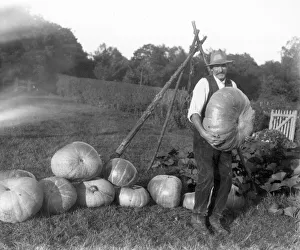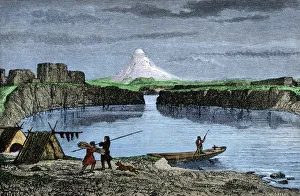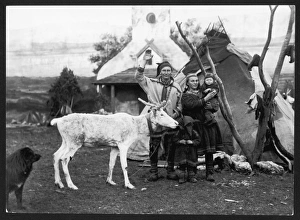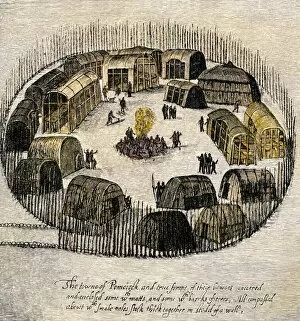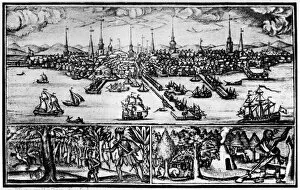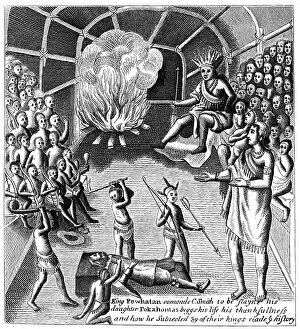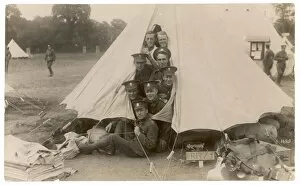Wig Wam Collection
"Wig Wam: A Journey Through Time and Cultures" Step into the world of "wig wam" as we explore diverse cultures and historical moments through captivating imagery
All Professionally Made to Order for Quick Shipping
"Wig Wam: A Journey Through Time and Cultures" Step into the world of "wig wam" as we explore diverse cultures and historical moments through captivating imagery. Witness a pile of large pumpkins, carefully grown by dedicated farmers, symbolizing abundance and harvest in their vibrant colors. Travel back to 1873 and meet Native American Indian women from the Pawnee Tribe, showcasing their traditional attire with pride, preserving their rich heritage for generations to come. Immerse yourself in the Columbia River campsite where Native American fishermen skillfully navigate the waters, honoring ancient traditions that have sustained their communities for centuries. Experience the enchanting Laplanders alongside majestic reindeer, harmoniously coexisting in a symbiotic relationship that has shaped their way of life. Discover a Gipsy family nestled inside a bender tent in Surrey, embracing simplicity while cherishing freedom on an unconventional path. Relive history with Jean Ribault's expedition as they arrive at Port Royal (present-day Beaufort), South Carolina in 1562 - an exploration that would leave an indelible mark on America's colonial past. Transport yourself to Boston in 1743 through James Turner's intricate line engraving capturing snippets of early American life - a glimpse into our nation's foundation. Be captivated by Pocahontas' plea to her father Powhatan for John Smith's life - an iconic moment immortalized through copper engraving from Smiths Generall Historie of Virginia published in 1624. Marvel at Karl Bodmer's aquatint engraving depicting encampment scenes featuring Piekann Native Americans - offering insight into their daily lives amidst breathtaking landscapes. Finally, venture deep into Canada's lush forests where a Native American village thrives harmoniously with nature; witness resilience and unity etched within every wood engraving stroke from the 19th century.

